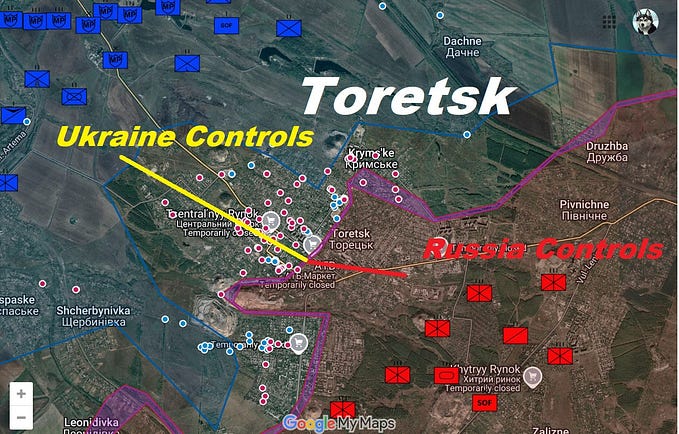Oman’s Kumzar, a unique village carved out by geography
Mazen Mahfouzi — Kumzar, Oman — As the sun casts its rays, bringing a new day to the peaceful village, Mohammed lays on the ground near the shore accompanied by his old friends. He is narrating stories of the ancestors who lived here, achieved glory and went through hardship to make life possible in Kumzar.
Kumzar is not just another village. It is trapped between the mountain and the sea in the far north of the Musandam Governorate in Oman.
It is located on a strategic point on the Strait of Hormuz, one of the most important waterways on the planet, with 40 percent of the world’s oil passing through it daily. This mystical village cannot be reached by car, and is only accessible by air or sea.


Kumzar was mentioned in the book, A Journey through the Arabian Gulf, by Anigert Nipa and Peter Herbstruet. In the book, the German traveller Buchhart describes the site of Kumzar, saying, “It is located in a small bay surrounded by high mountains. The buildings there are low and stone-built and the most important buildings are two mosques in white.”
What is surprising to people who have heard about the village, is that its residents do not speak Arabic as their primary language. The isolated location of the village has affected the language of its inhabitants and people here speak their own Kumzari language, a mix of Persian, Hindi, English, Arabic and Balochi.
But the Kumzari language is now endangered, researchers and Kumzari enthusiasts warn. It faces this fate due to urbanisation, especially since a large number of people from Kumzar have moved to the city of Khasab, the hub of the province.
Ancestral memories
Leaning against the wall of his house, 60-year-old Mohammed Malullah al-Kumzar recalls from his ancestors’ memories that the village had witnessed an active commercial traffic in the past. It was a place for resting as merchants used to stop here during their travels and be supplied with water from the only well in Kumzar. Later, the well was buried and replaced by a desalination plant.
The book, Dictionary of Countries, by Ahmed Yakut al-Hamwi, gives Mohammed’s story credibility. Al-Hamwi described the village as: “A small hamlet in the outskirts of Oman on the coast of Bahra in a valley between two mountains. The village gets water from fresh running springs.”
Kumzar’s name was inspired by its location due to its large number of visitors. The book Meadows of Gold and Mines of Gems by El-Masudi mentioned that the name related to “how many people visited this place”. The word “kam” in Arabic refers to abundance.


Another explanation for this title is associated with the al-kummah (skull cap worn by Omani people) and azar (friend). This, however, was excluded by Omani researcher Makiya Alkzmaria, because she said the cap was not part of the traditional dress of the people of Kumzar.
As an extension of the high mountains, a valley goes through the village and cuts it into two opposite banks. While walking in the village alleys, a visitor may reminisce about ancient times, due to houses of mud and stone, but only a few of these houses still remain because of the encroachment of modern urban construction.
Summer exodus
Seasonal changes between summer and winter affect people’s lives in Kumzar.
In summer, extreme heat and the humidity caused by its location at the base of the mountains make Kumzar uninhabitable, prompting an exodus. By June, it almost becomes a ghost village because most of its residents spend their summers in Khasab.
Khasab is a second home for Kumzar villagers, since most of them own farms and homes there. The summer has become their palm-harvesting season in Khasab. In September, they start to return to Kumzar in time for the start of school.
Kumzar is also famous, unusually, for its graveyards. Due to the limited space, where horizontal expansion is no longer possible, graves are spread out in the village, including in alleys and courtyards.
The other reason is the desire of families to bury their dead nearby. Life and death has become a mosaic here.
The existence of a large number of burial sites in the village is also explained by stories passed down through generations of an epidemic which killed scores of people in the last century, making death a frequent occurrence at the time.

Many would believe that Kumzar is isolated from the world and that its people are introverted. However, the reality is different. Despite its inaccessibility the village has received special attention from the government. It has a school, a health clinic, desalinated water, police station, municipal buildings and other basic services, along with a boat and an aircraft for emergency aid.
When the government provided the internet, the villagers’ way of life changed yet again.
Kumzar’s residents now lead modern lives, just as other Omanis do. Some have also pursued college and university studies in the capital, Muscat, and other countries, and now work in various state and private companies.
Source: Aljazeera.net (Original Content -Arabic)








